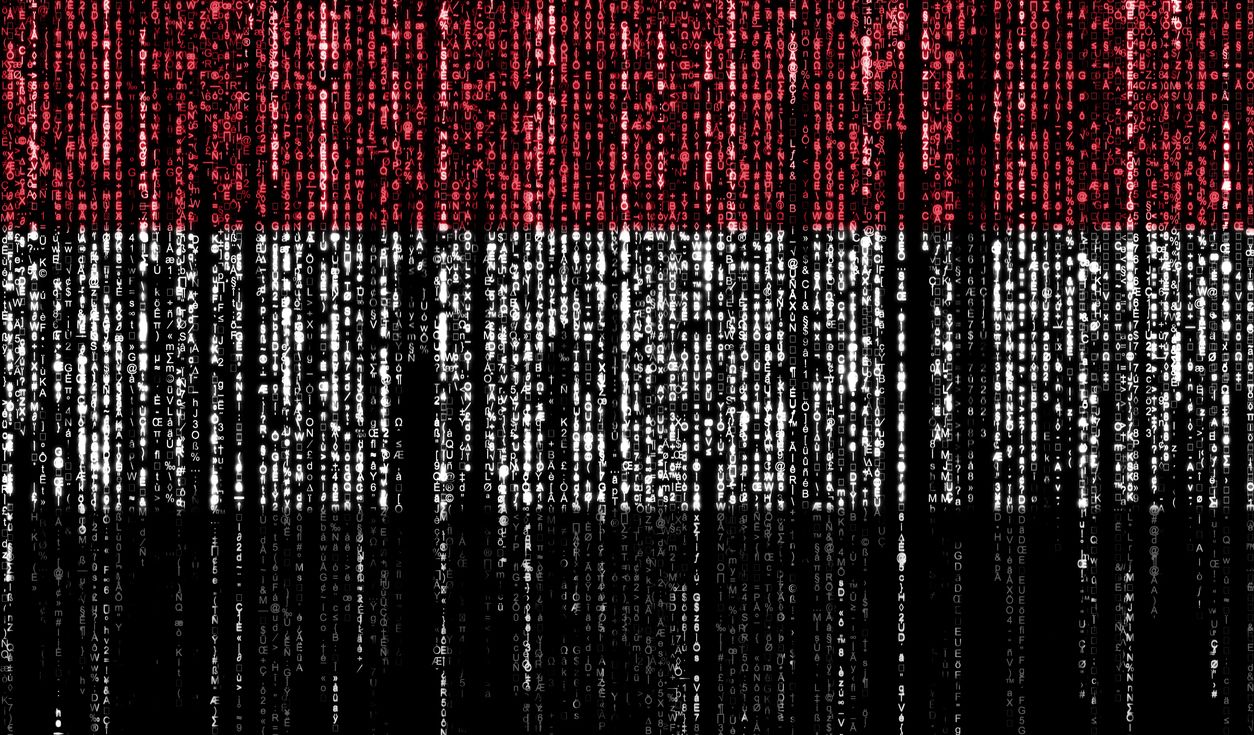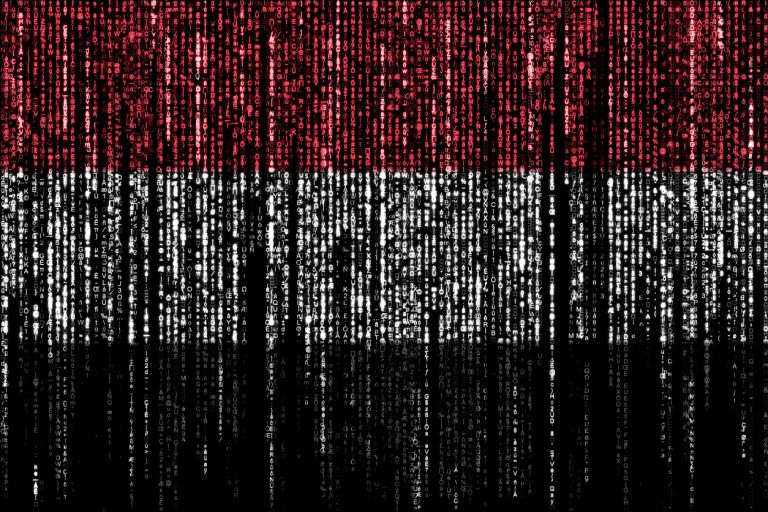
- Home
- Cybercrime
- Yemen: Are the Houthis pirates 2.0?
Yemen: Are the Houthis pirates 2.0?


As tensions escalate in the Red Sea, the rebels are considering targeting vital communications cables.
Are the Houthis planning to sabotage submarine communications cables that pass through the Bab al-Mandeb Strait and carry nearly 17% of the world’s Internet traffic? Moammar Al-Eryani, the information minister in Yemen’s Aden-based government (recognized by the United Nations), issued a warning to the international community that this could happen.
Submarine cables running through the Red Sea are vital communications arteries. They play a pivotal role in regional and global connectivity. These cables, laid deep beneath the surface of this strategic waterway, are essential to global connectivity, providing transmission routes for a wide range of communications services, from the Internet to telephone calls and the transfer of financial and banking data between different regions of the world.
Any tampering with these 16 or so cables, which include the SEA-ME-WE 5 (linking Southeast Asia, the Middle East and Europe), the Europe India Gateway (EIG, linking India, East Africa, the Middle East and Europe), the FALCON (linking several Gulf countries to East Africa), and the AAE-1 (Asia-Africa-Europe 1) systems, would have devastating repercussions on connectivity and international trade.
The Houthis, named after religious leader Hussein Badreddin Al-Houthi, are an Iranian-backed Yemeni organization founded in 2004. In the last few years, the group has taken over a large part of Yemeni territory, including the capital Sanaa and the strategic port of Hodeidah. Long considered a rebel group with limited ability to cause harm in Yemen, the Houthis have, since October 7, 2023, become one of the pivotal players in the Israel-Hamas war.
In a show of solidarity with the Palestinians in Gaza, their dramatic attacks on merchant ships in the Red Sea have considerably slowed down global maritime trade, even to the point of rerouting it. The near-blockade of the Bab al-Mandeb Strait, through which 12% of the world’s maritime trade usually passes, along with the drone and missile attacks and hostage-taking perpetrated by the Houthis in the Red Sea, have had a major impact.
Many ships are now taking a detour around the Cape of Good Hope (South Africa), doubling delivery times and transport costs. What’s more, not a single merchant ship has put in at the Israeli port of Eilat for almost two and a half months. According to Orient XXI, this crisis is costing the Israeli state an additional $3 billion (€2.8 billion).
Building a coalition
In response, on December 18, 2023, the United States and United Kingdom set up a coalition called Prosperity Guardian. Its aim was to secure maritime traffic and “neutralize” the Houthi threat in the Red Sea. With no real success to speak of, this operation seems to have instead strengthened the Houthi fighters’ resolve. In a video clip posted on social media following the American and British strikes, they declared that “no ships will pass until the Zionists end the siege of Gaza.” In addition, their effective support for Palestine and the near-blockade of the Red Sea, which threw Western powers into disarray, helped to change their image not only among supporters of the Palestinian cause, but also among groups in the region and around the world who oppose Israel’s operation in Gaza.
They have a strong presence on social media (X, Facebook, and Telegram) and use these platforms to spread their message and share information on their military and political activities. For example, a Telegram channel linked to the rebel group recently broadcast a map showing the complex network of submarine cables stretching across the depths of the Red Sea, followed by a message that was, to say the least, worrying: “It seems that Yemen is in a strategic position, given that Internet lines that connect entire continents, not just countries, pass close to the country.”
While an attack of this kind could cause major disruption to international financial transactions, and could have serious repercussions on markets and economies worldwide, some experts believe that the Houthis have neither the technical capabilities nor the resources to damage these undersea cables. The Iranian-backed rebels do not have the submersibles needed to reach these cables on the seabed.
Uniqueness of the Red Sea
Even so, the Red Sea has its own unique geographical features in terms of depth and width. The Bab al-Mandeb Strait is relatively narrow and shallow, with a width of around 20 kilometers at its narrowest point and a depth of 100 meters in some areas.
Other experts point out that, apart from geopolitical threats, these cables are relatively vulnerable to a variety of factors, including geographical features, human activities (dredging and ship anchoring), and natural disasters (earthquakes, storms, and landslides).
These submarine communications cables, “no wider than a garden hose”, are a type of infrastructure which, without the use of advanced technology, could be damaged by releasing explosives or dropping anchor repeatedly from merchant ships at strategic points deep below the surface, or by experienced divers. This is what happened in Egypt in 2013, when the authorities arrested three divers who had damaged the undersea communications infrastructure off the port of Alexandria.
While the Houthis have yet to make a statement that would qualify as a direct and imminent threat, damaging these submarine cables would be seen as a symbolic act more than anything else. It would be a new form of attack on the sovereignty of any countries that might be affected. Yet further evidence of how digital battlefields and physical battlegrounds are intertwined.
the newsletter
the newsletter

![Image Europol Head of Operations discusses [dismantling of LockBit]](https://incyber.org//wp-content/uploads/2023/12/incyber-news-water-cybersecurite-cybersecurity-885x690.jpg)
